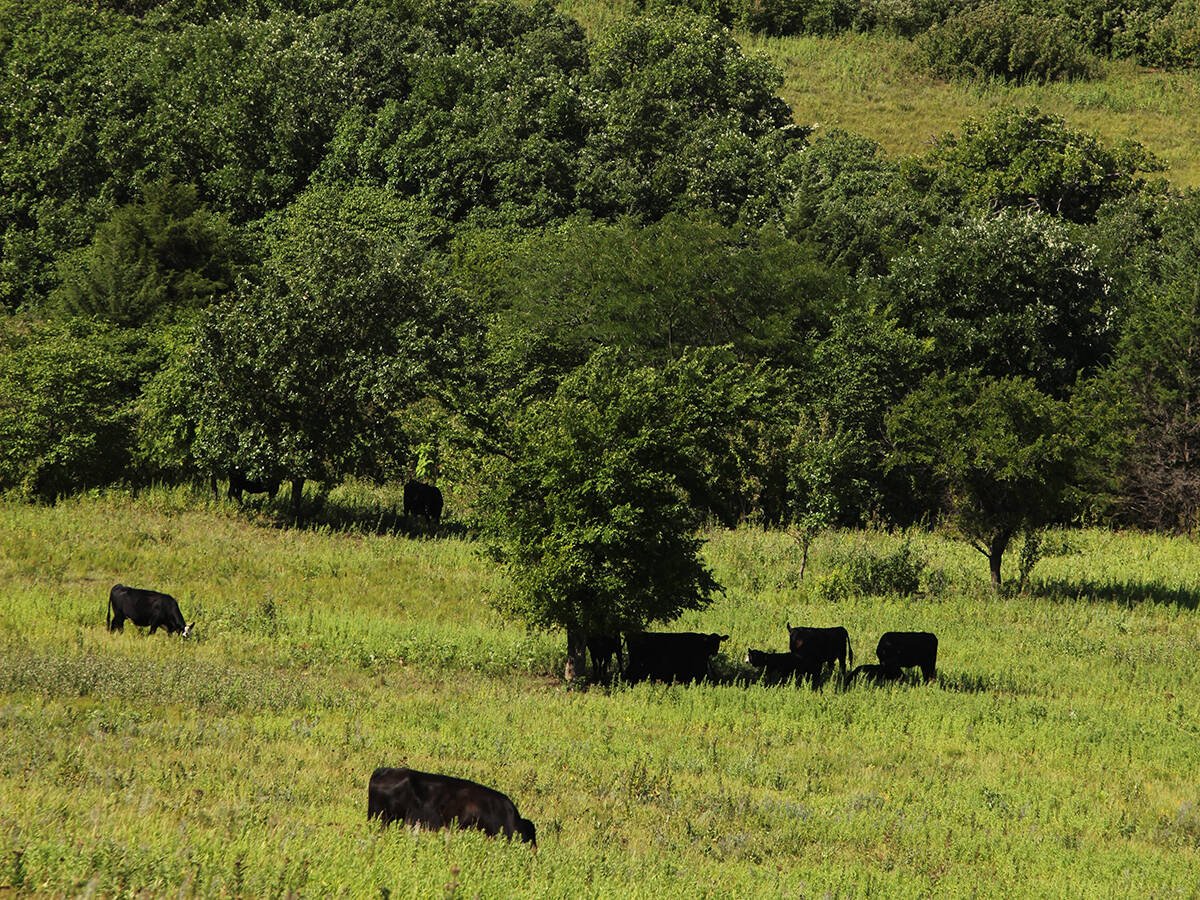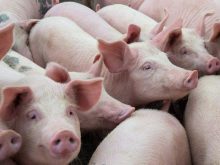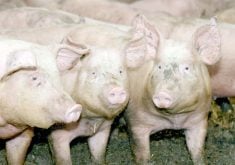PENTICTON, B.C. – Even with near record reductions in the Canadian cow herd, exports have remained the bright spot for the cattle industry.
Sales of slaughter cattle to the United States set a record of almost 1.3 million head in 1996. That includes steers, heifers and culls. Feeder exports are down but the trend shows more feeder calves coming from the U.S. to Alberta feedlots.
That good news was delivered to the British Columbia Cattlemen’s Association convention by Anne Dunford, Canfax senior market analyst.
Trade is paramount to the Canadian industry’s survival.
Read Also

Beef cattle more prone to trace mineral deficiencies
The trace mineral status of our cows and calves is a significant challenge for western Canadian producers and veterinarians.
“Last year more than half of what was produced by Canadian producers was exported out of this country. We have never been there before. We are moving into a whole new era,” she told the convention.
Dunford said beef products will surpass live exports as packing plant expansion continues here.
Canada is the world’s 10th largest beef producer but has established itself as one of the top five beef exporters in the world behind Australia, the European Union, the United States and Argentina.
In 1996 massive herd reductions started in North America as cattle producers suffering from low prices and high costs got rid of cows, heifers and steers at a record level.
Improved outlook
However, breeding herds are reduced the market is bouncing back with improved prices and a better outlook for the fall, said Dunford.
Last year, 46 percent of available heifers were slaughtered for beef and Dunford predicts half of them will be slaughtered this year.
About one million cows were culled in 1996, a record. About 60 percent of cows slaughtered were handled in Canadian plants. The killing rate will continue thanks to increased packing plant capacity. The last time so many females were disposed of was 1986, proof that the cattle cycle runs on a 10-11 year term.
“This is the kind of thing we needed to see happen so we can turn this cycle around,” she said.
The liquidation continues this year but won’t be as severe as 1996.
This liquidation cycle saw a record of almost three million head finished for slaughter in Canada. Of that number, 2.2 million were fed in Alberta where feedlot expansion continues. Nine years ago, Alberta finished about one million head.
Beef production is up nine percent and 1997 will be a peak year of beef supply.
As it moves through the system Dunford forecasts steer prices will improve with continued recovery to about 2000 or 2001.
The Canadian dollar is gathering strength and that can lower prices here. The Alberta basis was one of the worst in 1996 with a $9 to $11 difference.
Dunford expects the beginning of the fall feeder run will offer the strongest prices. These calves will finish in April 1998.















